

(Reuters)
The Gaza war has put renewed focus on a two-state solution to the Israeli-Palestinian conflict, still seen by many countries as the path to peace even though the negotiating process has been moribund for a decade.
More than seven months into the deadliest Israeli-Palestinian war yet, the U.S. has said there is no way to solve Israel’s security issues and the challenge of rebuilding Gaza without steps towards a Palestinian state.
On May 22, Ireland, Spain and Norway announced that they would recognise a Palestinian state shortly to help end the war, get hostages freed and revive peace talks. The three said they hoped other Western countries would follow suit.

The Palestinian Authority, which exercises limited self-rule in the West Bank under Israeli military occupation, welcomed the decision, while Israel recalled its ambassadors in protest, saying such moves could jeopardise its sovereignty and security.
Israeli Prime Minister Benjamin Netanyahu has said he will not compromise on full Israeli security control west of Jordan and that this stands contrary to a sovereign Palestinian state, which he says would pose “an existential danger” to Israel.
Obstacles have long impeded the two-state solution, which envisages Israeli and Palestinian states alongside each other.
These include Jewish settlement in occupied land the Palestinians seek for a state and uncompromising positions on core issues including borders, the fate of Palestinian refugees, and the status of Jerusalem, an ancient city holy to both sides.
What are the two-state solution’s origins?
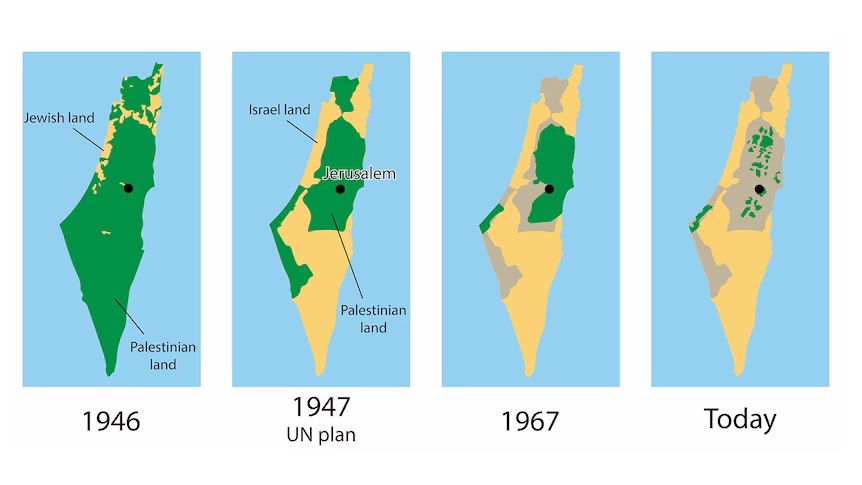
Conflict occurred in British-ruled Palestine between Arabs and Jews who had migrated to the area, seeking a national home as they fled persecution in Europe and citing biblical ties to the land.
In 1947, the United Nations agreed a plan partitioning Palestine into Arab and Jewish states with international rule over Jerusalem. Jewish leaders accepted the plan, which gave them 56% of the land. The Arab League rejected it.
The state of Israel was declared on May 14, 1948. A day later, five Arab states attacked. The war ended with Israel controlling 77% of the territory.
Some 700,000 Palestinians fled or were driven from their homes, ending up in Jordan, Lebanon and Syria as well as in the Gaza Strip, the West Bank and East Jerusalem.
In a 1967 war, Israel captured the West Bank, including East Jerusalem, from Jordan and Gaza from Egypt, securing control of all territory from the Mediterranean to the Jordan valley.
The Palestinians remain stateless, with most living under Israeli occupation or as refugees in neighbouring states. Some – mostly descendants of Palestinians who remained in Israel after its creation – have Israeli citizenship.
Has a deal ever been close?
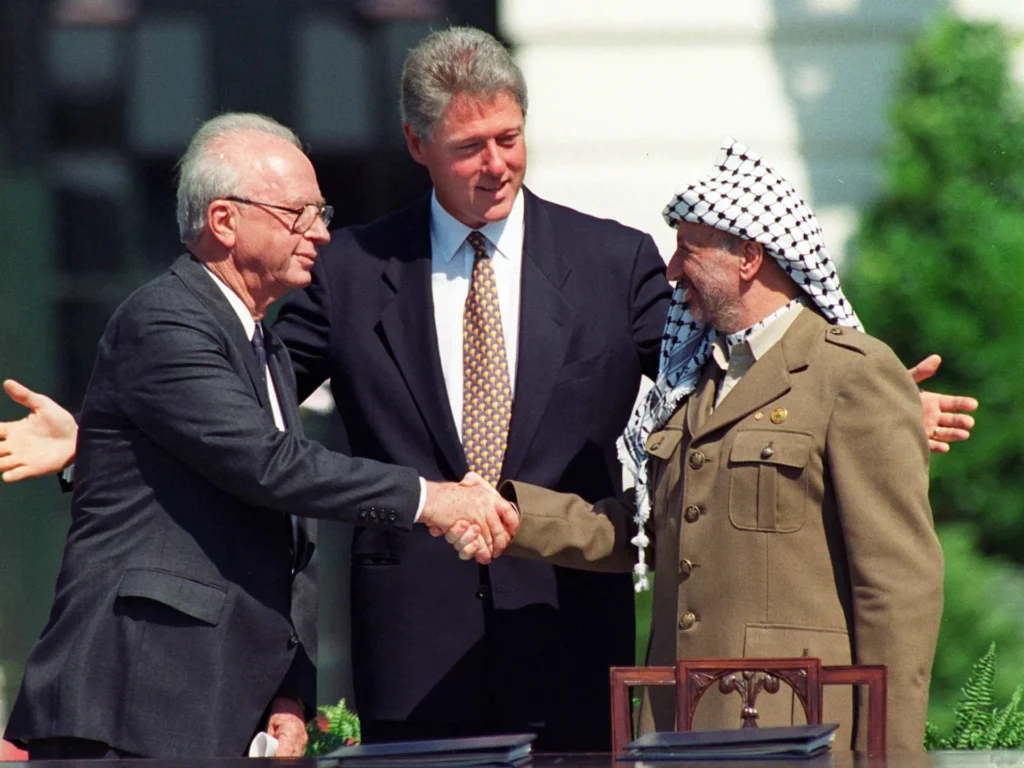
The two-state solution was the bedrock of the U.S.-backed peace process ushered in by the 1993 Oslo Accords, signed by Yasser Arafat of the Palestine Liberation Organization (PLO) and Israeli Prime Minister Yitzhak Rabin.
The accords led the PLO to recognise Israel’s right to exist and renounce violence and to the creation of the Palestinian Authority (PA). Palestinians hoped this would be a step towards an independent state, with East Jerusalem as the capital.
The process was hit by rejection on both sides.
Hamas, an Islamist movement, carried out suicide attacks which killed scores of Israelis, and in 2007 seized Gaza from the PA in a brief civil war. Hamas’ 1988 charter advocates Israel’s demise though in recent years it has said it would accept a Palestinian state along 1967 borders. Israel’s says Hamas’ shift is a ruse.
In 2000, U.S. President Bill Clinton brought Arafat and Israeli Prime Minister Ehud Barak to Camp David to clinch a deal, but the effort failed.
The fate of Jerusalem, deemed by Israel as its “eternal and indivisible” capital, was the main obstacle.
The conflict escalated with a second Palestinian intifada (uprising) in 2000-2005. U.S. administrations sought to revive peacemaking – to no avail, with the last bid collapsing in 2014.
What might Palestine look like?

Advocates of the two-state solution have envisaged a Palestine in the Gaza Strip and West Bank linked by a corridor through Israel.
Two decades ago, details of how it might work were set out in a blueprint by former Israeli and Palestinian negotiators.
Known as The Geneva Accord, its principles include recognition of Jerusalem’s Jewish neighbourhoods as the Israeli capital, and recognition of its Arab neighbourhoods as the Palestinian capital, and a demilitarised Palestinian state.
Israel would annex big settlements and cede other land in a swap, and resettle Jewish settlers in Palestinian sovereign territory outside there.
How big are the obstacles?

The obstacles have grown with time.
While Israel withdrew settlers and soldiers from Gaza in 2005, settlements expanded in the West Bank and East Jerusalem, their population rising from 250,000 in 1993 to 695,000 three decades later, according to Israeli organisation Peace Now. Palestinians say this undermines the basis of a viable state.
During the Second Intifada, Israel also constructed what it described as a barrier to stop Palestinian attacks. Palestinians call it a land grab.
The PA led by President Mahmoud Abbas administers islands of West Bank land enveloped by a zone of Israeli control comprising 60% of the territory, including the Jordanian border and the settlements – arrangements set out in the Oslo Accords.
Internal politics have added to the complications.
Netanyahu’s government is the most right-wing in Israeli history and includes religious nationalists who draw support from settlers. Finance Minister Bezalel Smotrich said last year there was no such thing as a Palestinian people.
Hamas won elections in 2006 and a year later drove forces loyal to Abbas out of Gaza, fragmenting the Palestinians.
Is there a way forward


Gaza’s fate is the immediate question.
Israel aims to annihilate Hamas and says it will not agree to any deal that leaves it in power. Netanyahu has said Gaza must be demilitarised and under Israel’s full security control.
He has said he does not want Israel to govern Gaza or re-establish settlements there.
Hamas says it expects to survive and has said any arrangements for Gaza that exclude it are an illusion.

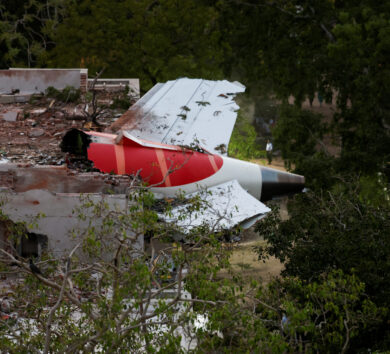

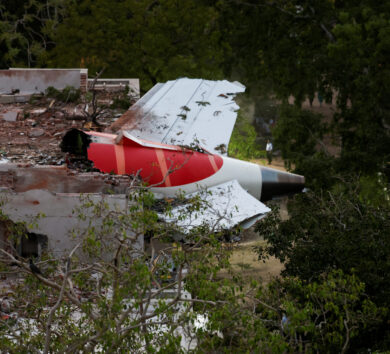
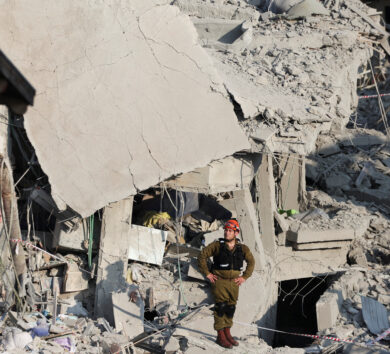
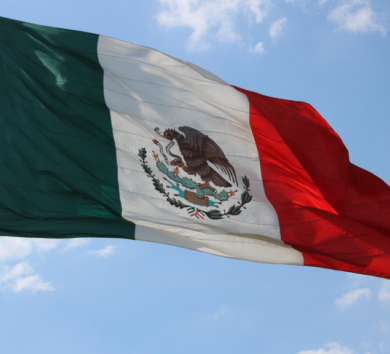
Comments